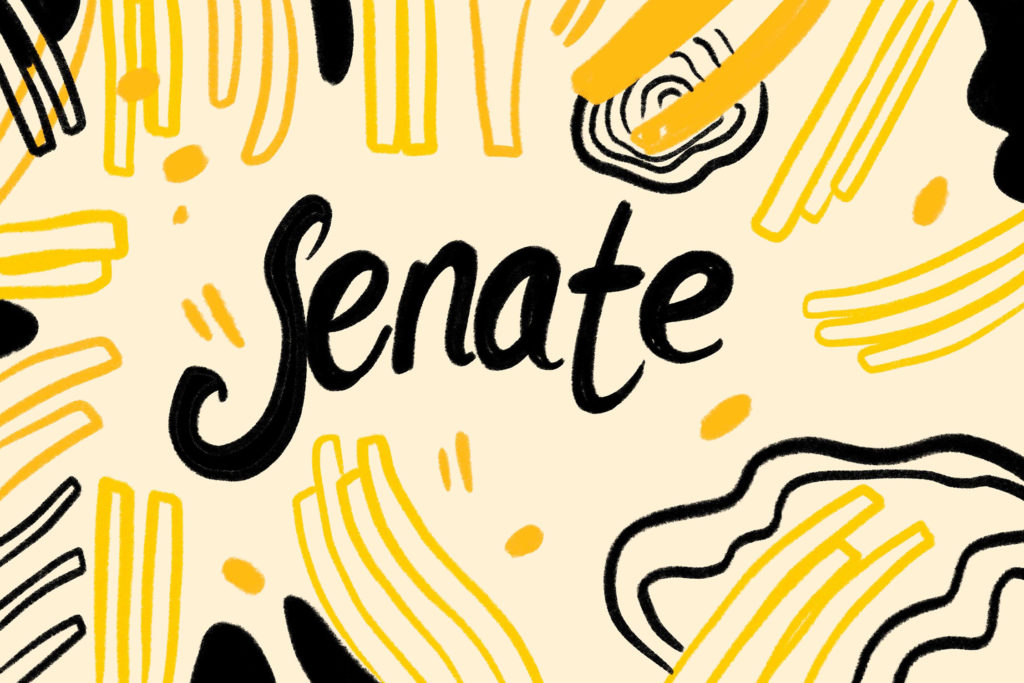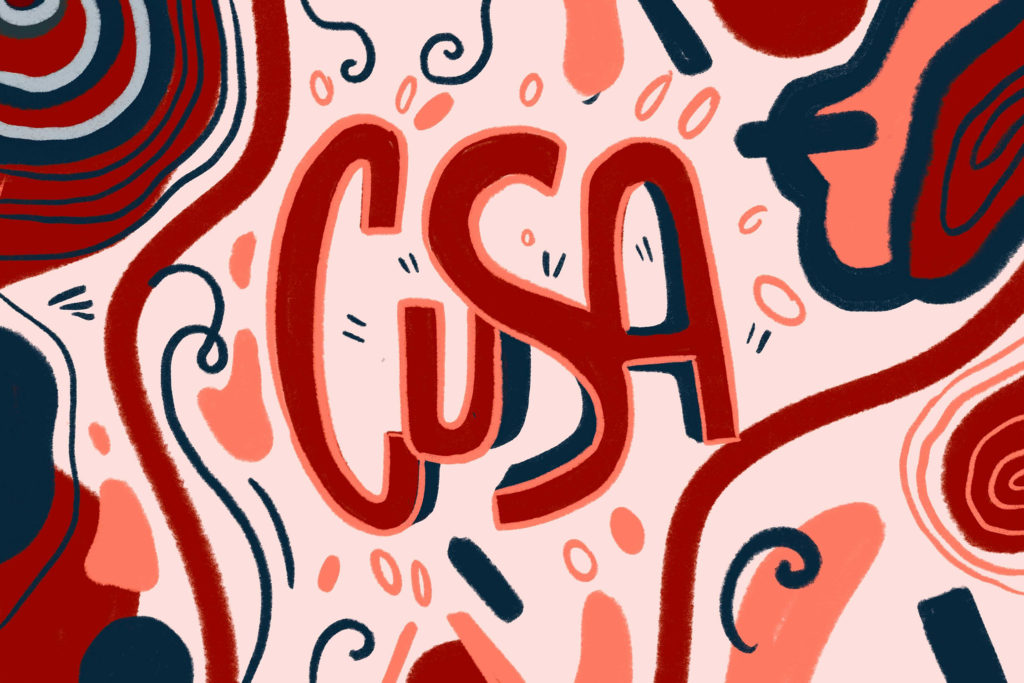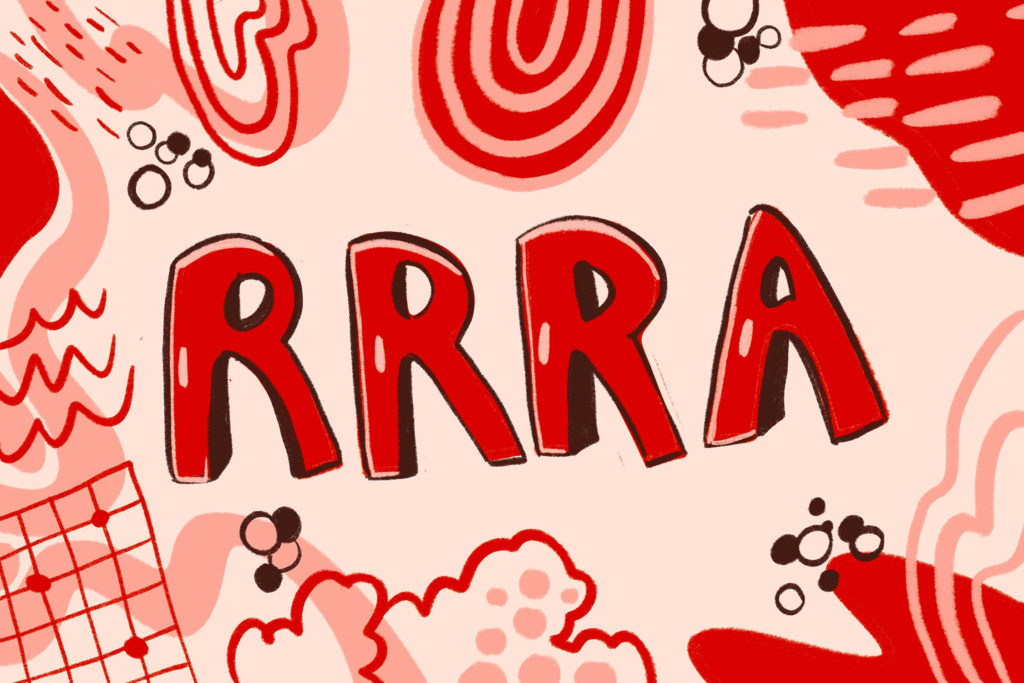Getting to know all the associations that represent students and influence university life can be daunting.
Here’s a quick run-down of the most important governing bodies to help explain how decisions about academics and student life are made.
CARLETON SENATE

Who’s on it?
The Senate has 86 members. The chair of the Senate is Carleton University president and vice-chancellor Benoit-Antoine Bacon. The president of Carleton University Students’ Association (CUSA) and the president of Carleton Academic Student Government (CASG) each have a seat on the Senate, giving each organization one vote on academic decisions. The Graduate Students’ Association (GSA) has two seats. The majority of the Senate consists of 40 faculty members and 23 university staff members, with the rest of the seats filled by two contract instructors, 10 elected undergraduate students, three graduate students, four members of the Board of Governors and up to four special appointments.
THE BOARD OF GOVERNORS

Who’s on it?
The BoG is chaired by Dan Fortin and has 32 members. These include president Bacon, chancellor Yaprak Baltacioğlu, 18 members of the Carleton community, two faculty members, two members of the Senate, two alumni, two staff members and four students. The undergraduate representatives for the current academic year are Anastasia Lettieri and Holden Heppler, and the graduate representatives are Harjit Kaur Daljit Singh Kalsa and Allison Brown.
CUSA

CUSA hosts events and runs service centres including the Unified Support Centre and the Mawandoseg Centre. It also runs four businesses: Rooster’s Coffeehouse, a bar called Ollie’s, Haven Books and Café and a convenience store named The Wing.
Who’s on it?
CUSA has six elected executive members who manage everything from community events to the issues that undergraduate students face. CUSA currently has 23 elected councillors, each representing one of Carleton’s five faculties.
The presidential office is currently vacant and there will be a by-election this fall.
What should I know?
Last year, CUSA faced criticism for the way it ran its elections. Students were especially concerned about the role of the executives in hiring the elections officers. For many years, students have also expressed discontent with candidates running as slates, allowing them to pool money and resources.
Last year, CUSA launched an academic hardship fund to help students with financial needs during the pandemic, advocated for renovations to increase accessibility in on-campus washrooms and hired CUSA brand ambassadors.
This summer, CUSA combined its Food Centre and Foot Patrol service into the Unified Support Centre, and reopened the Mawandoseg Centre to support Indigenous students.
What are the goals for this year?
This year, CUSA launched a democratic reform committee to review and improve the elections process. It also promised to create a mental health action plan and an anti-racism strategic plan to address student issues in the coming year.
GSA

Who’s on it?
GSA has five elected executive members and a council made up of volunteer representatives.
What should I know?
Last year, GSA resisted the Ontario government’s student choice initiative and secured $41,000 in grants for students in an effort to keep tuition affordable. It also created safe(r) spaces for racialized students on campus.
GSA drew attention in 2019 when it protested the People’s Party of Canada candidate at the Ottawa-Centre all-candidates debate during the federal election.
Mike’s Place was also put in jeopardy when it ran a deficit last year.
What are the goals for this year?
According to executives, GSA will continue advocating for affordable tuition for students with a focus on international students this year. GSA also plans to advocate for subsidized therapy and have mental health and diversity campaigns.
GSA executives said they also hope to reopen Mike’s Place, which closed last year due to COVID-19.
CASG

Who’s on it?
CASG has four elected executive members and student representatives from each academic department at Carleton.
What should I know?
Last year, CASG advocated on the Senate for compassionate grading reform during the pandemic and negotiated half a credit to be designated SAT/UNSAT during the winter and fall terms. That meant students could choose one course each term to be excluded from their annual and cumulative GPAs.
CASG also supported undergraduates with a bursary for students in need. It also held a referendum to increase its levy fee to $2.00 from $0.61 which failed.
What are the goals for this year?
CASG is working with the Senate to make compassionate grading a permanent measure. It will also continue advocating for academic bursaries and scholarships.
RRRA

Who’s on it?
RRRA has three elected executive members and has a council of representatives from each floor of each building of residence.
What should I know?
RRRA has a history of breaking its bylaws. In recent years, the association has been unable to meet quorum for important decisions and missed the deadlines to pass its annual budget and form committees.
Last year with a reduced population of students in residence, RRRA hosted virtual events and passed its budget on time. Last year also marked the first RRRA election that allowed independent candidates to run for executive positions.
What are their goals this year?
According to goals stated by current executives during last year’s all-candidates debate, RRRA is committed to meeting quorum for decisions and passing its budget on time. RRRA is also committed to making naloxone training mandatory for all residence fellows and ensuring menstrual products are accessible for free on campus for all students.
RRRA executives also aim to ensure candidates can run independently of slates in all further RRRA elections.
Featured graphic by Sara Mizannojehdehi.






